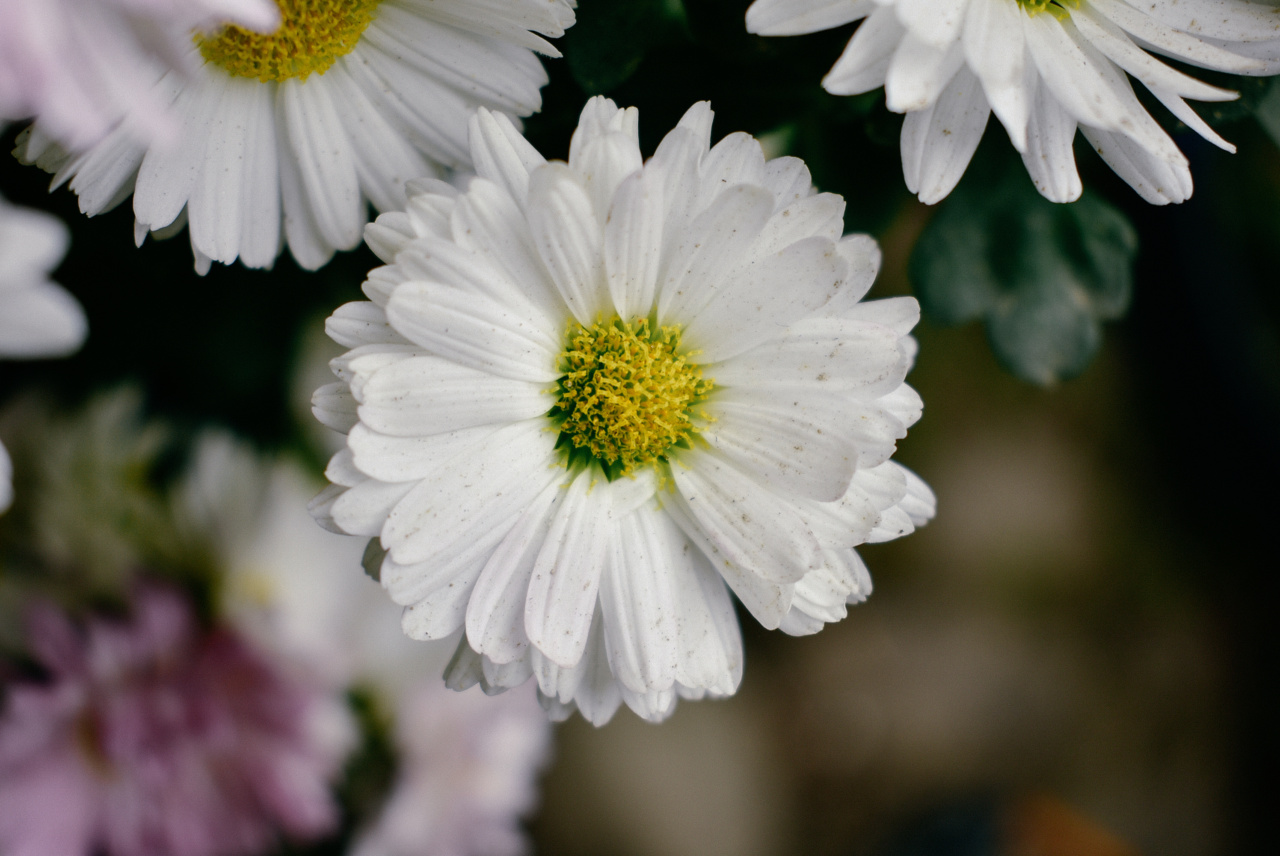Spring is often associated with blooming flowers, warmer temperatures, and longer days. It is a season that symbolizes renewal and new beginnings.
However, for some individuals, spring can be a time of increased depression and other mental health challenges. This article explores the link between spring and depression, shedding light on the factors that contribute to this phenomenon.
1. Seasonal Affective Disorder (SAD)
Seasonal Affective Disorder (SAD) is a type of depressive disorder that follows a seasonal pattern. It typically occurs in the fall and winter months when daylight hours are shorter.
However, there is also a less common form of SAD known as “summer depression” that affects some individuals during the spring and summertime.
2. Allergies and Depression
Spring is a season notorious for triggering allergies due to the abundance of pollen in the air. Allergy symptoms can cause physical discomfort, such as congestion, runny nose, and itchy eyes.
These symptoms can disrupt sleep patterns and overall well-being, contributing to mood changes and increased risk of depression.
3. Pressure of New Beginnings
Spring is often associated with new beginnings, such as starting a new job, moving to a new place, or even graduating from school. While these milestones can be exciting, they can also bring about feelings of pressure and anxiety.
The expectation to start fresh and succeed in various aspects of life can be overwhelming, leading to depressive symptoms.
4. Comparisons to Others
Social media plays a significant role in our lives, and during spring, it is often flooded with posts about outdoor activities, vacations, and happy gatherings. Seeing others seemingly enjoying life can trigger feelings of inadequacy and comparison.
These comparisons may lead to a negative self-image, loneliness, and ultimately depression.
5. Body Image Concerns
As spring approaches, many individuals become more conscious of their physical appearance. The pressure to have a “beach-ready” body can contribute to body dissatisfaction, low self-esteem, and depressive symptoms.
This focus on appearance and the desire to fit societal standards can take a toll on mental health during the spring season.
6. Change in Routine
The arrival of spring often brings about changes in daily routine. The transition from winter to spring may involve altering sleep patterns, adjusting eating habits, and adapting to new outdoor activities.
Even positive changes can disrupt one’s sense of stability and routine, which can contribute to increased stress and the onset of depression.
7. Financial Stress
Spring is a time when financial responsibilities may come to the forefront. Upcoming tax payments, planning summer vacations, or the need to invest in new seasonal items can lead to financial stress.
Ongoing worries about money can take a toll on mental health and contribute to depressive symptoms.
8. Anniversary Reactions
For some individuals, spring can be a season filled with difficult memories. Anniversaries of past traumatic events or losses, such as the death of a loved one, may coincide with the arrival of spring.
These anniversary reactions can trigger intense feelings of sadness, grief, and depression.
9. Pressure to be Happy
With the emphasis on renewal and new beginnings, spring carries societal expectations of happiness and positivity.
This pressure to be constantly joyful can be challenging for individuals struggling with depression, as they may feel even more isolated and misunderstood.
10. Lack of Support
Despite the prevalence of depression during spring, there is still a lack of understanding and support surrounding this issue. The focus on the positive aspects of the season often overshadows the struggles that individuals may face.
This lack of support and validation can further exacerbate depressive symptoms.
Conclusion
While spring is traditionally associated with happiness and new beginnings, it is important to recognize the potential link between this season and depression.
Factors such as Seasonal Affective Disorder, allergies, pressure of new beginnings, comparisons to others, body image concerns, changes in routine, financial stress, anniversary reactions, pressure to be happy, and lack of support can all contribute to the development or worsening of depressive symptoms during spring. By acknowledging and addressing these factors, individuals can seek help and support, leading to better mental health and overall well-being.































